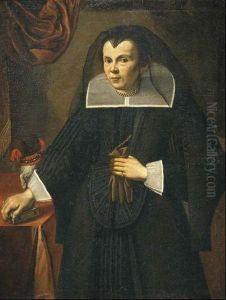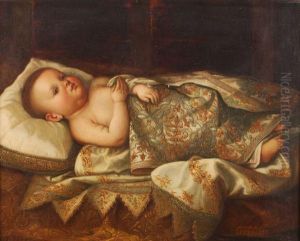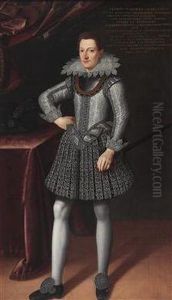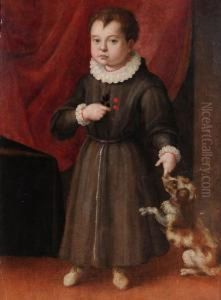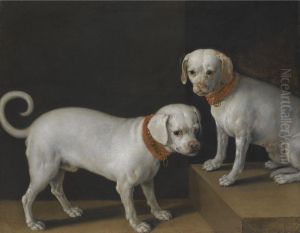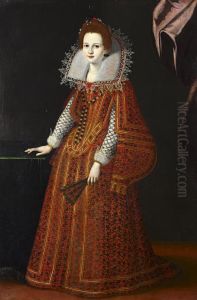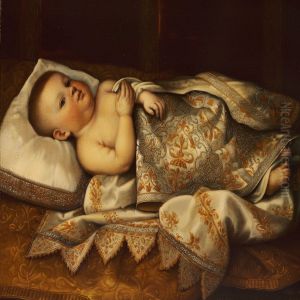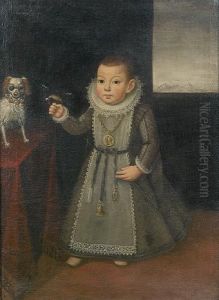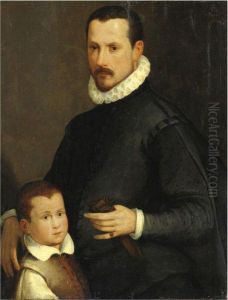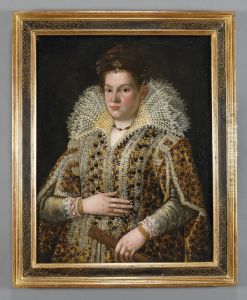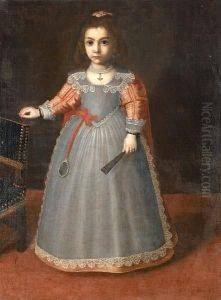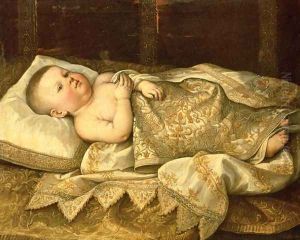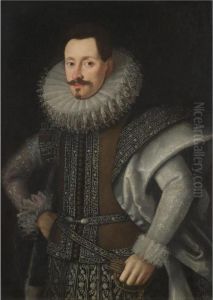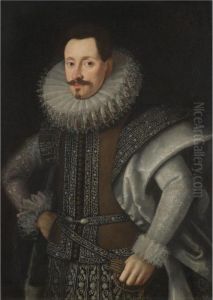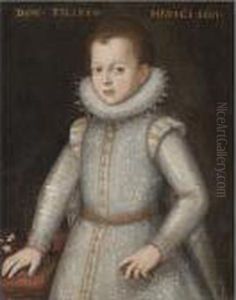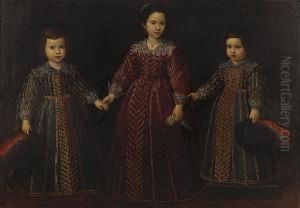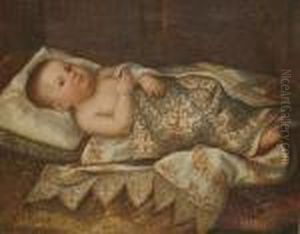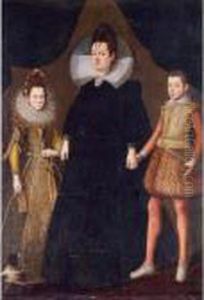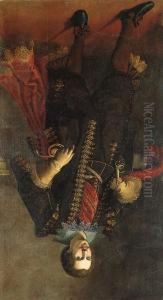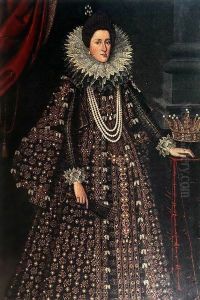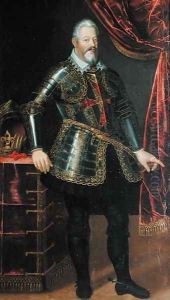Tiberio di Tito Paintings
Tiberio di Tito was an Italian painter of the late Renaissance period, born in Florence in 1573. He was the son of the painter Santi di Tito, who was a prominent Florentine artist and one of the leaders of the Counter-Mannerist movement, which emerged as a reaction against the Mannerist style. Tiberio was trained by his father and was heavily influenced by his style, which was characterized by clarity of form, simplicity, and a return to the principles of High Renaissance art as embodied by artists like Raphael.
Tiberio di Tito’s career was mostly centered in Florence, where he made significant contributions to the city’s artistic legacy. His works include religious subjects, portraits, and historical scenes. He was known for his ability to capture the individual character of his sitters in portraits and his use of a refined and elegant palette. His artistic output reflects the transition from the Mannerist aesthetic to the more naturalistic approach of the Baroque era, which was gaining prominence during his lifetime.
Despite his skills and contributions, Tiberio di Tito did not achieve the same level of fame as his father or his more renowned contemporaries. Nonetheless, his works were appreciated for their grace and for the harmony of their compositions. Tiberio continued to work in Florence until his death in 1627. His art is represented in various Italian churches and collections, and while he may not be as well-known as other artists of his time, his work provides a valuable insight into the stylistic transitions of Italian painting from the late Renaissance to the early Baroque period.
